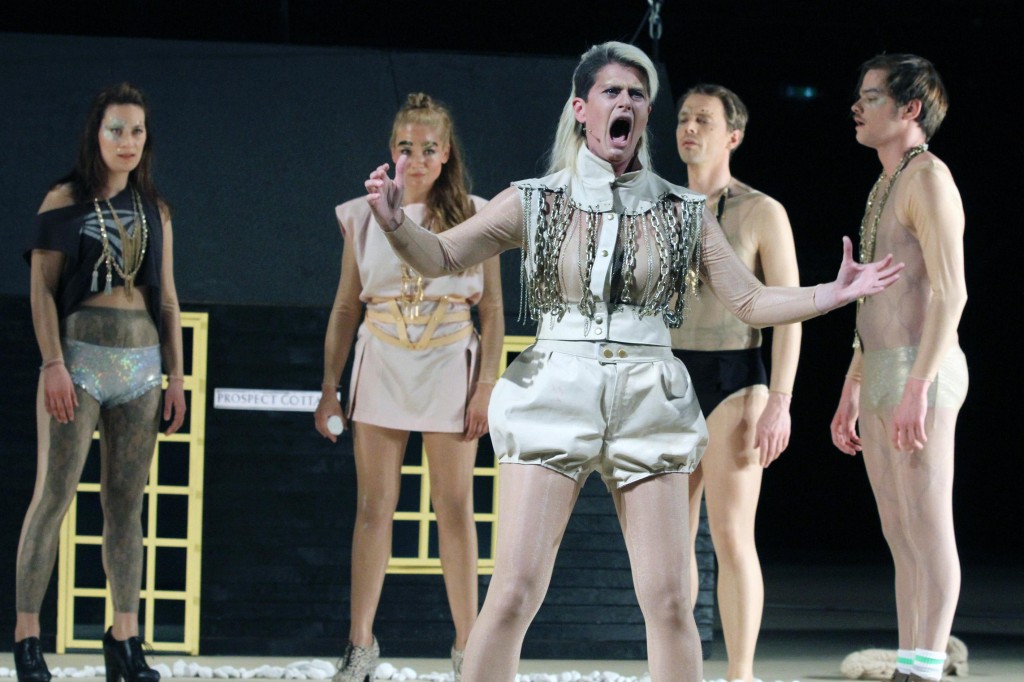By: Edna Landau
To ask a question, please write Ask Edna.
Dear Edna:
I am a young conductor who has been fortunate to have management for the past several years as a result of having participated in a showcase and attracting someone’s attention there. While I must admit I have been disappointed with the number of engagements this association has yielded, several of which came through my own connections, I still consider myself lucky. Recently, I made the acquaintance of a manager who handles conductors whose careers are in higher gear than mine. He has shown what seems to be genuine interest in me and I am wondering if you can tell me how artists transition from one manager to another with as little disruption as possible. Thank you.—J.B.
Dear J.B.:
Thank you for your question, which I am sure will be of interest to a number of our readers. You do not indicate whether you have a representation agreement with your manager. If you did, it would probably spell out rather clearly the steps that would be taken should you wish to go to another representative or should your manager wish to terminate the current relationship. Typically, an initial management agreement is for three years, with a provision to extend for an additional period (often two years) or to roll over automatically each year, unless either party informs the other of a wish to terminate within a specified period prior to the anniversary of the date of signing the original agreement. This notification period could be as long as a year prior to the end date of the contract, or as little as 90 days prior. Once notice has been given, the manager will generally give the artist a summary of all current activity on their behalf. This would consist of contracted dates, dates not yet contracted but firmly held, and a list of presenters who have expressed interest for the coming season or two but where no specific dates have been held or a variety of dates have been discussed. The manager is then entitled to do everything possible to bring all potential dates to fruition and take full commission on anything contracted prior to the termination date. (If they are unsuccessful in completing that process, they might negotiate a split commission with the new manager who will finish things off.) As part of taking full commission, the manager is expected to service the dates when they transpire, even though that may be after the artist moves on to another management. If the artist elects to have the dates serviced by the new manager and the new manager agrees, there is no problem with that; however the initial manager is still entitled to full commission. The new manager might only be willing to service those dates for a small commission, in which case it is up to the artist to decide whether they want to pay it or not.
There are times when managers will bend the rules a little, especially if the old manager and new one are friends. In your case, since your current manager hasn’t been overly active on your behalf, they might be willing to let the new manager begin booking you prior to the termination of the contract, as long as they can finish up everything they started and take commission on it. Another possibility might be that they agree to share commission with your new manager in exchange for relaxing the exclusive booking right they have a right to enforce. It will be very helpful if your current manager takes the time to write to all the presenters with whom they have been in contact on your behalf to let them know of the impending change. Then, when you move to the new agency, your manager there should similarly let everyone know that you have come on board. If this coincides with the start of a new season, it will probably be apparent on the management’s roster where many tend to put an asterisk next to the name of new artists. If you have never had a written agreement with your current manager, there are obviously no obligations on either side but the above guidelines are both traditional and very sensible. It would be a good idea to propose that they be followed and you are likely to thereby ensure that there is as little confusion and disruption of the booking process as possible. Good luck!
To ask a question, please write Ask Edna.
© Edna Landau 2012



